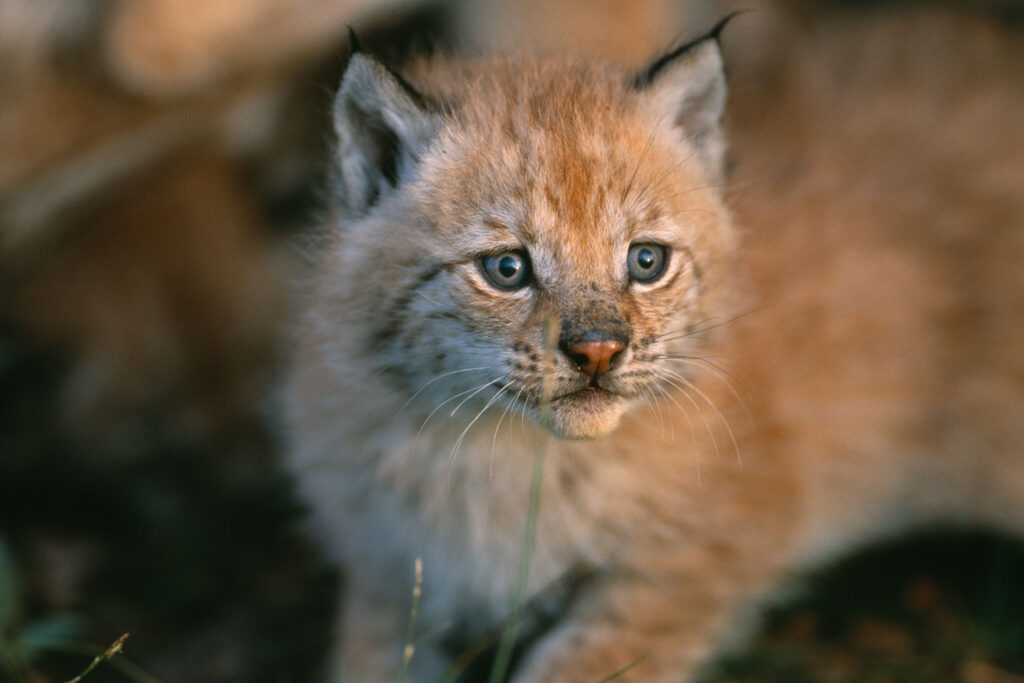“The Wildlife management board (Viltförvaltningsdelegationen) of Uppsala County first proposed an unchanged minimum population level for lynx. However, at the board meeting, a majority decided to instead cut the lynx population in the county by half,- when it was put to a vote,” as reported by Svensk Jakt, The Swedish Hunters Association’s magazine.
The work to determine new minimum levels for the large predators, including in Uppsala County, is still ongoing… When the Wildlife management delegation met in Uppsala County, there were politicians as well as a number of relevant organizations represented. During the meeting, they had the County board’s proposal presented to them. The proposal at hand suggested for the set minimum level unchanged, as the floor for how many lynx there should be in the county.
This was questioned by Mattias Nygren, member of the Christian Democrats (KD). Mattias said “I think it is unreasonable that Uppsala should bear such a large part of the lynx burden compared to the rest of the country”. He stated and believed that the minimum level is at the same level as other counties that are larger in size. “We cannot take such great responsibility for the lynx population. It is disproportionate compared to other counties”, he said.
During the sitting meeting, he therefore submitted a proposal to halve the minimum level of lynx in the county, from 55 lynx to 27. Something that won a majority among the delegates.
However, the fact that the wildlife management delegation voted for a new minimum level does not automatically mean that it will become a reality. First, the County board (Länsstyrelsen) and the Governor must take a position on the matter.
Anders Johannesson, wildlife officer at the County board, emphasizes however, that there is still a lot of work to be done before a formal decision on the matter can be made. “There was a small majority who wanted us to bring down the minimum level. It is important to understand that the process is long and there is a lot of polarization in this. A small majority wants to go in one direction, and a slightly smaller number that want to go in a completely different direction. It is important to balance these interests” he says.
All as reported by Svensk Jakt, The Swedish Hunters Association’s magazine.
Links
Sweden’s Big Five comments
Less than 3% of Sweden’s citizens today are hunters. It is valid to ask: How representative are these “Wildlife management boards” (Viltförvaltningsdelegationer)?
A Wildlife management board in Sweden typically consists of representatives of different interests: hunting organisations (one or two hunters), farming organisation (usually a hunter), forestry industry (usually a hunter), land owners organisation (usually a hunter), politicians (usually hunters), sheep owners groups (usually a hunter), nature conservation organisation (sometimes a hunter), nature tourism (sometimes a hunter), County Governor (often a hunter), Wildlife officer of the County board (sometimes a hunter).
